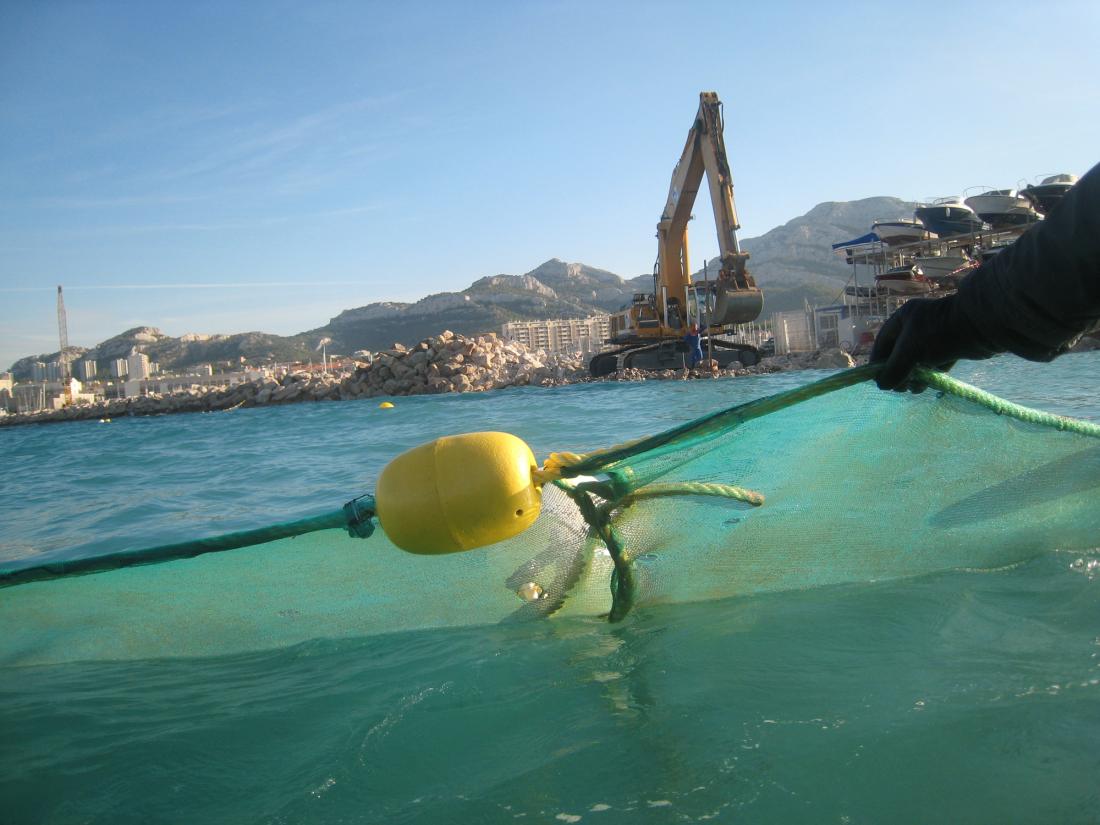Scientific objectives
PI AGIR's central research subject is the study of human-environment interactions, a cross-cutting subject that concerns all MIO2 teams. The pole has three major scientific objectives in relation with the risks incurred by both the marine environment and its natural resources.
- Produce indexes, as evoked by Halpern et al. (2012) but on a finer scale, in order to characterize the environmental state and, by contrast with a reference state, measure the impacts generated by human pressures. In principle, the constriction of such indexes includes both the environmental, and the socio-economic dimensions, which requires a multidisciplinary approach that goes beyond the expertise available in the MIO2. Indexes are an attempt to trace back to the human pressures involved. They are essential to make a full diagnosis of the ecological status of the marine environment and its resources. They also highlight environmental vulnerabilities and will help proposing ways to improve the ecological status.
- Develop models, both conceptual and mathematical, to determined the main factors of variation at the different scales, and to make the distinction between anthropogenic impacts and hydrological and climate forcing. This scientific objective is shared by most MIO teams using, among others, ECOPATH (Christensen & Walter 2004), for ecosystems, or ROMS / CROCO (Debreu et al., 2012), for coastal oceanography. The scenarios constructed from these models will give the opportunity to trace the evolution of the marine environment and its resources. These tools are expected by policy makers to guide them in their choice for long-term management with the objective to reduce the impact of human pressures while to promote adaptation to the effects of global change.
- Experiment in the restoration of the marine environment and its resources. The possibility of restoring a given environment or resource to its original state (when it is known) is often impossible. Some techniques have been developed to improve the situation, make it more sustainable and ultimately, offset the impacts of human pressure. Regardless of the discipline concerned, engineering, meaning the conceptualization and implementation of works or interventions with the objective to intentionally modify the marine environment or its resources, is fully developing. Decision-makers, design offices, and companies are waiting for innovative proposals and validation through research.


